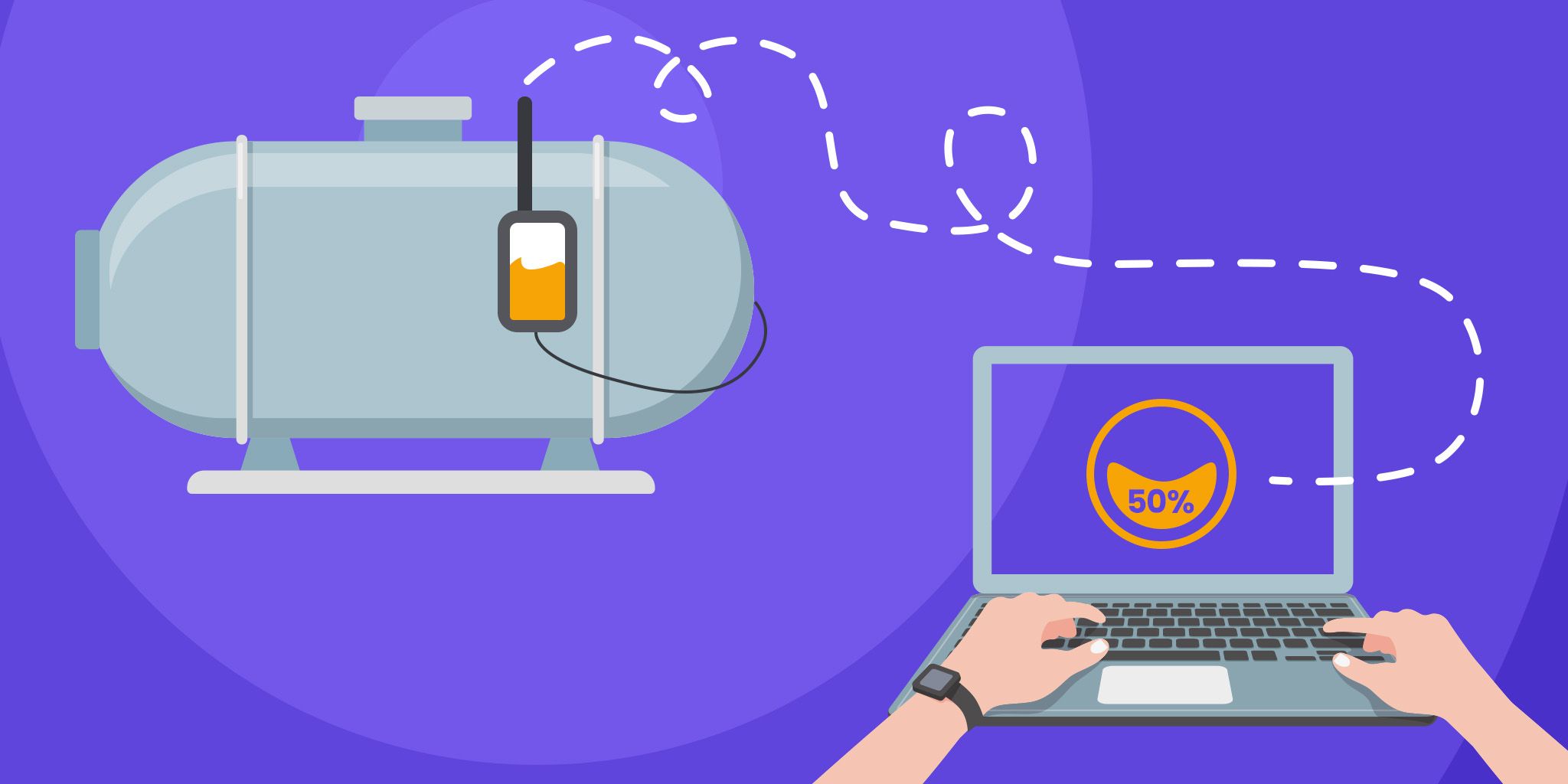IoT for Education: Top 3 Ways IoT Can Increase Efficiency
IoT for Education: Top 3 Ways IoT Can Increase Efficiency
- Last Updated: December 2, 2024
Guest Writer
- Last Updated: December 2, 2024



We are in an era where time is more valuable than money for many of us. Efficiency is everything. But how can we be more efficient? Achieving efficiency in bureaucratic systems like education is a seemingly big task. Here are the top 3 ways IoT is being used to improve efficiency in schools.
'IoT temperature sensors in schools can be used to quickly measure students' temperatures as they enter the building. The data collected can be used to make sure everyone in the school is healthy.' -Emma Eisenhauer
1. Testing Students’ Temperatures
Since the Covid-19 pandemic, taking people's temperature has become a very frequent occurrence. Let’s look at how IoT can make that process efficient for students and school staff.
IoT temperature sensors in schools can be used to quickly measure students' temperatures as they enter the building. The data collected can be used to make sure everyone in the school is healthy. That data can also be sent to a database for contact tracing use.
Cassia Networks, a California-based electronic company, created Bluetooth wristbands for students to wear that continuously monitor their temperatures and send a phone alert to teachers and parents if any temperatures go above the normal range. IoT temperature sensors can efficiently detect early signs of illness and prevent large-scale infection.
2. Reducing Energy Consumption
Right now, most thermostats change the temperature using whatever data you inputted last. If it was 40˚ F yesterday, the temperature will be set to keep the house warm, even if the weather decides to shoot up to 80˚ F the next day. This system of manually inputting data is not only time-consuming but also energy inefficient.
However, IoT thermostats adjust the temperature according to the weather and can be personalized to one's preferences. These thermostats take data from weather services and adjust indoor temperatures accordingly. This saves time, energy, and money. According to a study from Nest customers, smart thermostats can reduce heating costs by 10-12 percent and cooling costs by 15 percent. These smart thermostats can be used in schools to efficiently save energy and will help reduce costs and carbon dioxide emissions.
3. Automating Data
Schools deal with a lot of data. Every time a student buys their lunch with their ID, this sends a message to the cafeteria system to take money from their account; each scan of student IDs marks kids present for class; daily grading and attendance from teachers make their way to online databases for tracking. Being able to efficiently manage all that data and have it organized for the right situation is a challenging task.
There are websites out there such as IFTTT that do data integration and automation. These are a great tool to get everything connected and communicating with each other. In addition, apps such as Scan to Sheets can turn any phone or tablet into a barcode scanner that sends data immediately to a Google spreadsheet.
Clearly, IoT for education can be utilized in more ways than solely for learning new material. In fact, there are many ways that IoT can improve efficiency in schools.
The Most Comprehensive IoT Newsletter for Enterprises
Showcasing the highest-quality content, resources, news, and insights from the world of the Internet of Things. Subscribe to remain informed and up-to-date.
New Podcast Episode

IoT and AI in 2026
Related Articles





